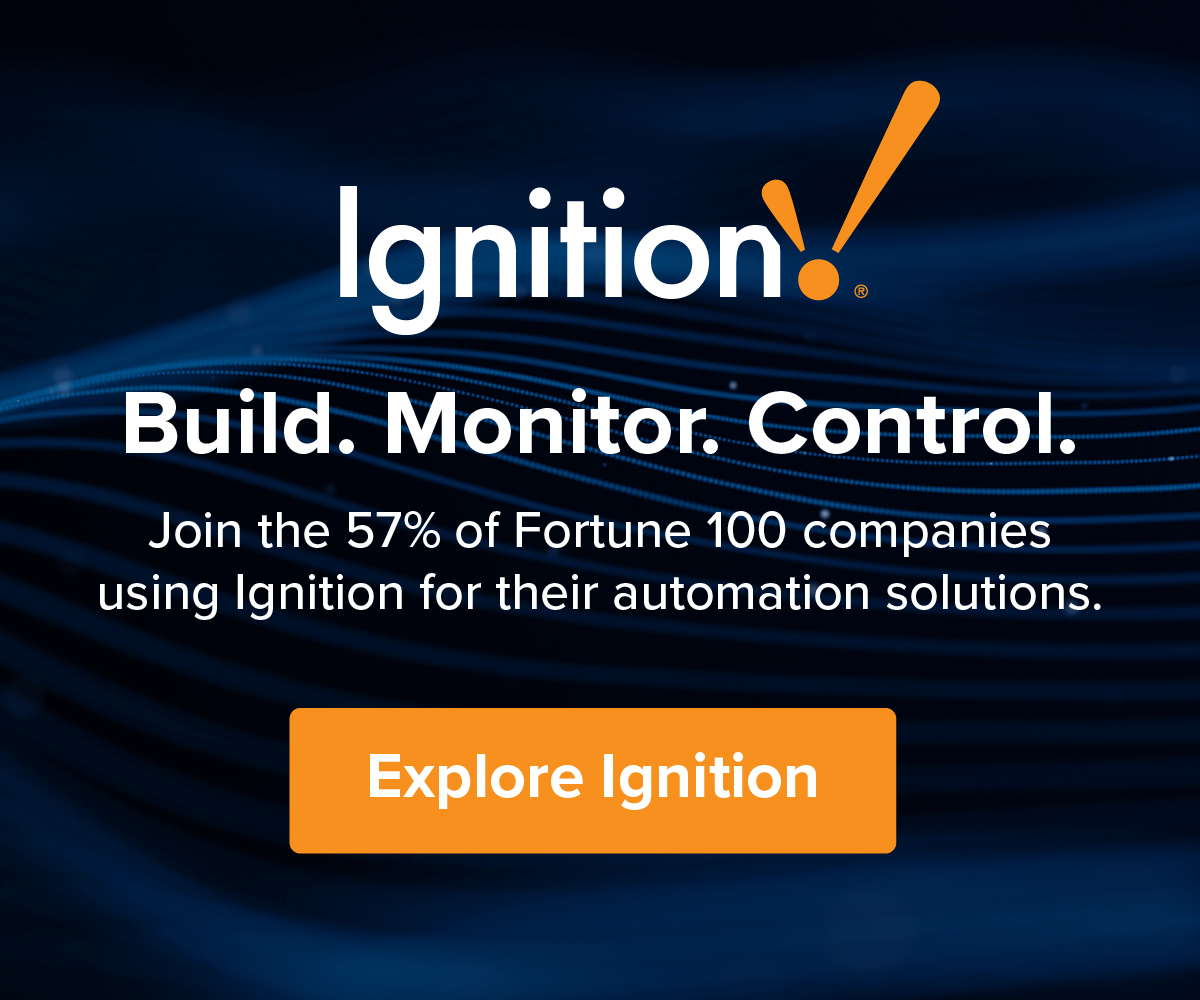by Gary Mintchell | Mar 8, 2024 | Interoperability, Standards, Technology
I just released a podcast where I thought about standards, interoperability, and open technologies. This news came my way, speaking of open, that Shell Information Technology International has become a platinum member of The Open Group.
Shell has been a Member of The Open Group since 1997, and has contributed to its numerous Forums which enable collaboration to develop open technology standards and certifications. The company played a critical role in the foundation of The Open Group OSDU Forum that facilitates the development of transformational technology for the world’s changing Energy needs, and donated important intellectual property that formed the basis of the OSDU Data Platform. Shell also contributed to the inception of The Open Group Open Footprint Forum that focuses on creating an environmental footprint data model standard applicable to all industries.
The Open Group is a global consortium that enables the achievement of business objectives through technology standards. Its diverse membership of more than 900 organizations includes customers, systems and solutions suppliers, tool vendors, integrators, academics, and consultants across multiple industries.
Glad to see end user companies taking an active part in openness. Their support is the only way open technologies will grow.
by Gary Mintchell | Oct 16, 2023 | Events, Interoperability, News
This workshop at Texas A&M Harnessing Digital Transformation Through Asset Data and Systems Interoperability is next week. I’ve only just heard about it. Data and systems interoperability is something I’ve worked on for years. Evidently someone at Texas A&M has been researching. They will be presenting ideas next week. I have asked if I could get an interview to post after the conference.
The conference is October 25-26, 2023 at the Memorial Student Center (MSC), Texas A&M University, College Station, Texas.
“This workshop aims to address the significance of embracing open standards, vendor neutral interoperability for Owners, EPC, and Vendors .”
Needs—Achieve consensus on significance in open, vendor neutral interoperability
Actionable Plans—Learn and develop actionable plans and strategies to move towards open, vendor neutral interoperability, ensuring that stakeholders can collectively work towards achieving this goal.
Roadmap for the Future—Establish a roadmap outlining the steps and milestones required to accomplish long term standards based interoperability, setting a clear direction for industry wide progress.
Join us to explore the future of digital transformation and its pivotal role in shaping digital twins for the process industry and critical infrastructure
Key Highlights:
- Introduction to the Asset Data Interoperability Framework (ADIF) initiative.
- Navigating the challenges of data and systems interoperability issues.
- Overcoming barriers in maximizing the digital potential for growth.
- Embracing interoperability as a mindset to enable the adoption of digital twins and other transformative technologies
About ADIF Working Group:
A dedicated consortium of industry experts and academia, ADIF is committed to fostering open, vendor neutral and standards based solutions, prioritizing digital enhancements in asset lifecycle management.
by Gary Mintchell | May 12, 2023 | Asset Performance Management, Automation, Interoperability, Networking, Operator Interface
FDT Group’s latest significant release seems to be gaining traction. This release from M&M Software offers a migration path for users and vendors supporting modern intelligent device management and monitoring initiatives.
M&M Software released fdtCONTAINER version 4.8, a point-to-point device configuration tool supporting the latest FDT 3.0 specification to meet user demands for modern intelligent device management and monitoring initiatives. This release also includes updated developer tools which simplify the migration to FDT 3 systems and smart device DTMs for the vendor community.
Smart manufacturing initiatives drive end users and suppliers of industrial automation systems and devices to seek modern and comprehensive device management solutions that use interoperable, efficient, and sustainable plug and play engineering tools. FDT, an IEC 62453 embedded software standard, normalizes device data and communication between any host and device. The standard rooted in the host and device environment provides users a single tool for intelligent device management, operation, diagnosis, and maintenance. The latest FDT 3.0 specification enables a FDT Unified Environment (FDT UE) for IT/OT data-driven operations via authenticated OPC UA, FDT UE and mobile clients.
M&M Software’s FDT UE-ready product line includes:
- OEM fdtCONTAINER application 4.8 – Free point-to-point device management and configuration tool supporting all DTM generations for users.
- fdtCONTAINER component 4.0 (aka. FDT UE – Desktop Common Component) – The official component for integrating the FDT 3.0 interface and DTM runtime into an engineering application for system vendors with branded customizations and other value-add features.
- dtmMANAGER development suite 4.0 – The comprehensive FDT 3.0 DTM development suite provides a simplified environment for device vendors to develop DTM’s allowing vendors to focus on the value-add device model features.
by Gary Mintchell | Feb 21, 2023 | Asset Performance Management, Interoperability, Operations Management, Sensors, Software, Standards, Technology
Still catching up on news I learned at ARC Industry Forum in early February. This one is expansion of the device integration model enabled by the latest version of FDT. Earlier, I wrote about Migrating to FDT 3. I sat in a couple of sessions where a senior engineer at a consumer packaged goods company pleaded with suppliers to make integrating and applying technologies more user-friendly. This is one such technology.
FDT Group announced that the PACTware consortium released its latest software version, PACTware 6.1, based on the latest FDT3 standard. PACTware 6.1 is one of the first FDT3 stand-alone device configuration environments available. The software tool’s source code is available to the PACTware Consortium membership consisting of 22 automation vendors who offer the FDT-enabled hosting product to the user community at no cost.
By leveraging the modern FDT3 Unified Environment for intelligent device management, PACTware 6.1 users will enjoy the ability to support their current FDT DTM install base and support modern FDT3 web-based DTMs that are scalable for IIoT architectures. This release also supports integration with FDI Device Packages.
Suppliers of industrial automation systems and devices want to provide solutions that enable the Industrial Internet of Things (IIoT). To meet their customers’ needs, it is vital for suppliers to enhance their system and device offerings with standards-based, platform-independent, information-driven business models. The new FDT3 standard is accelerating the digital manufacturing journey by enabling an ecosystem of FDT-based solutions providing a unified environment for industrial device management with IT/OT data-driven operations.
In addition to the new FDT3 standard that fully describes the FDT Desktop environment and FDT web-based device DTM, the standard also defines a cloud-based FDT Server environment for distributed control. The new FDT3 DTM and FDT Server are OPC UA- and -mobile ready without any coding, allowing users an easy to use and scalable migration path of OT data to IT enterprise applications.
by Gary Mintchell | May 5, 2022 | Data Management, Interoperability, Manufacturing IT, Operations Management
Every morning last week I listened to presentations from OPC Day–which was actually a week. Once again this year was a conference reporting on a vast amount of work done by volunteers from numerous companies that push forward the cause of interoperability in manufacturing/industrial data communications. Earlier this year, I visited the ODVA annual general meeting. This virtual conference by the OPC Foundation is well worth a listen.
There were two or three presentations on MQTT where speakers tried mightily to tread the line between simplifying and explaining how these are not competing technologies and yet evangelizing the benefits of OPC UA over MQTT versus Sparkplug B. The presentations were balanced for the most part. OPC UA is a substantial information model. MQTT is a lightweight transport protocol widely adopted by IT. Sparkplug B is a lightweight information model requiring some extra defining work by the integrators but keeps overhead low. Obviously, there is a place for each.
I’ve added a list of videos from the OPC Foundation YouTube channel for your viewing pleasure:
Day 1: https://youtu.be/2i54Q-2IvCQ
Day 2: https://youtu.be/CsXagNmWWjY
Day 3: https://youtu.be/8XuTAcG598o
Day 4: https://youtu.be/ezSRRaG1fAE
Day 5: https://youtu.be/ZzS7Z8a7c1I
by Gary Mintchell | Dec 30, 2021 | Commentary, Interoperability, News, Open Source, Operations Management
I applaud these efforts to improve and increase digital interoperability through industry or formal standards and open source. These efforts over many years, and even ones that pre-date digital, have provided progress not only in technology but in the lives of users. This announcement comes from the Digital Twin Consortium, a project of The Object Management Group (OMG).
Digital Twin Consortium (DTC) announced the Digital Twin System Interoperability Framework. The framework characterizes the multiple facets of system interoperability based on seven key concepts to create complex systems that interoperate at scale.
“Interoperability is critical to enable digital twins to process information from heterogeneous systems. The Digital Twin System Interoperability Framework seeks to address this challenge by facilitating complex system of systems interactions. Examples include scaling a smart building to a smart city to an entire country, or an assembly line to a factory to a global supply chain network,” said Dan Isaacs, CTO, Digital Twin Consortium.
The seven key concepts of the DTC Digital Twin System Interoperability Framework are:
1 System-Centric Design – enables collaboration across and within disciplines—mechanical, electronic, and software—creating systems of systems within a domain and across multiple domains.
2 Model-Based Approach – with millions and billions of interconnections implemented daily, designers can codify, standardize, identify, and reuse models in various use cases in the field.
3 Holistic Information Flow – facilitates an understanding of the real world for optimal decision-making, where the “world” can be a building, utility, city, country, or other dynamic environment.
4 State-Based Interactions – the state of an entity (system) encompasses all the entity’s static and dynamic attribute values at a point in time.
5 Federated Repositories – optimal decision-making requires accessing and correlating distributed, heterogeneous information across multiple dimensions of a digital twin, spanning time and lifecycle.
6 Actionable Information – ensures that information exchanged between constituent systems enables effective action.
7 Scalable Mechanisms – ensures interoperability mechanism(s) are inherently scalable from the simplest interoperation of two systems to the interoperability of a dynamic coalition of distributed, autonomous, and heterogeneous systems within a complex and global ecosystem.
“The Digital Twin System Interoperability Framework enables USB-type compatibility and ease for all systems connected to the Internet and private networks, which until now, has been the domain of system integrators,” said Anto Budiardjo, CEO, Padi.io. “This means system integrators can concentrate on designing applications rather than point-to-point integrations.”





